The United States is no stranger to crises. From climate change to the unbearable cost of living, the great nation is experiencing several dilemmas right now. But there’s one invisible crisis that not enough people are talking about.
The overuse of groundwater is draining America’s aquifers at a dangerous rate. If things continue as they are now, the United States will struggle to remain a food superpower in the very near future.
America’s Aquifers
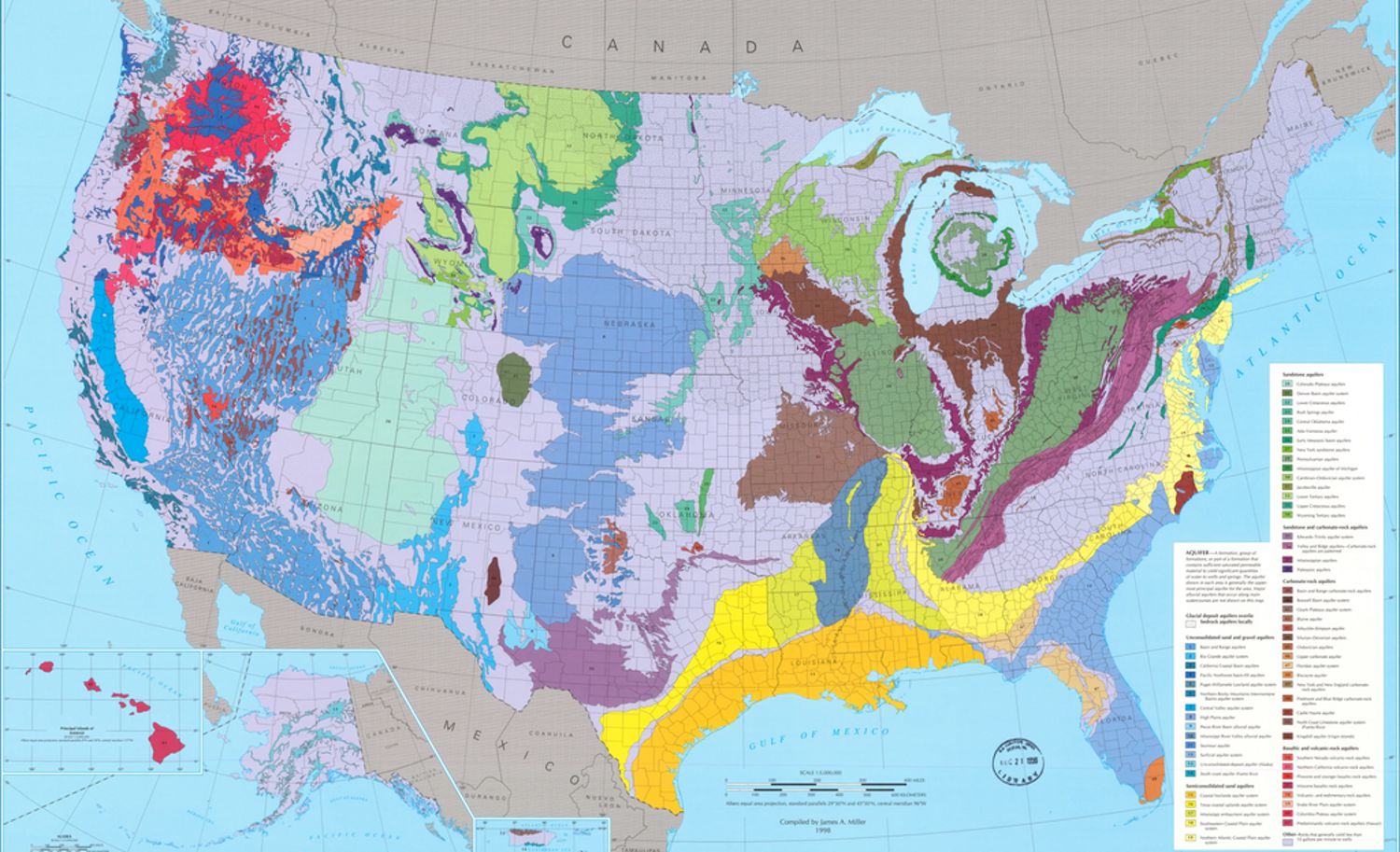
Aquifers are geological rock formations under ground that store and provide naturally occurring groundwater. Currently, the US has 68 that provide clean water for the homes and farms of the nation’s 340 million citizens.
While all of the aquifers are crucial in ensuring the US has enough water, the Ogallala Aquifer is both the largest and the most important. Covering 174,000 square miles, it runs beneath Texas, New Mexico, Colorado, Wyoming, Oklahoma, Kansas, South Dakota, and Nebraska, and provides water for millions of Americans and many of the country’s largest farms.
The Ogallala Aquifer Is Nearly Empty
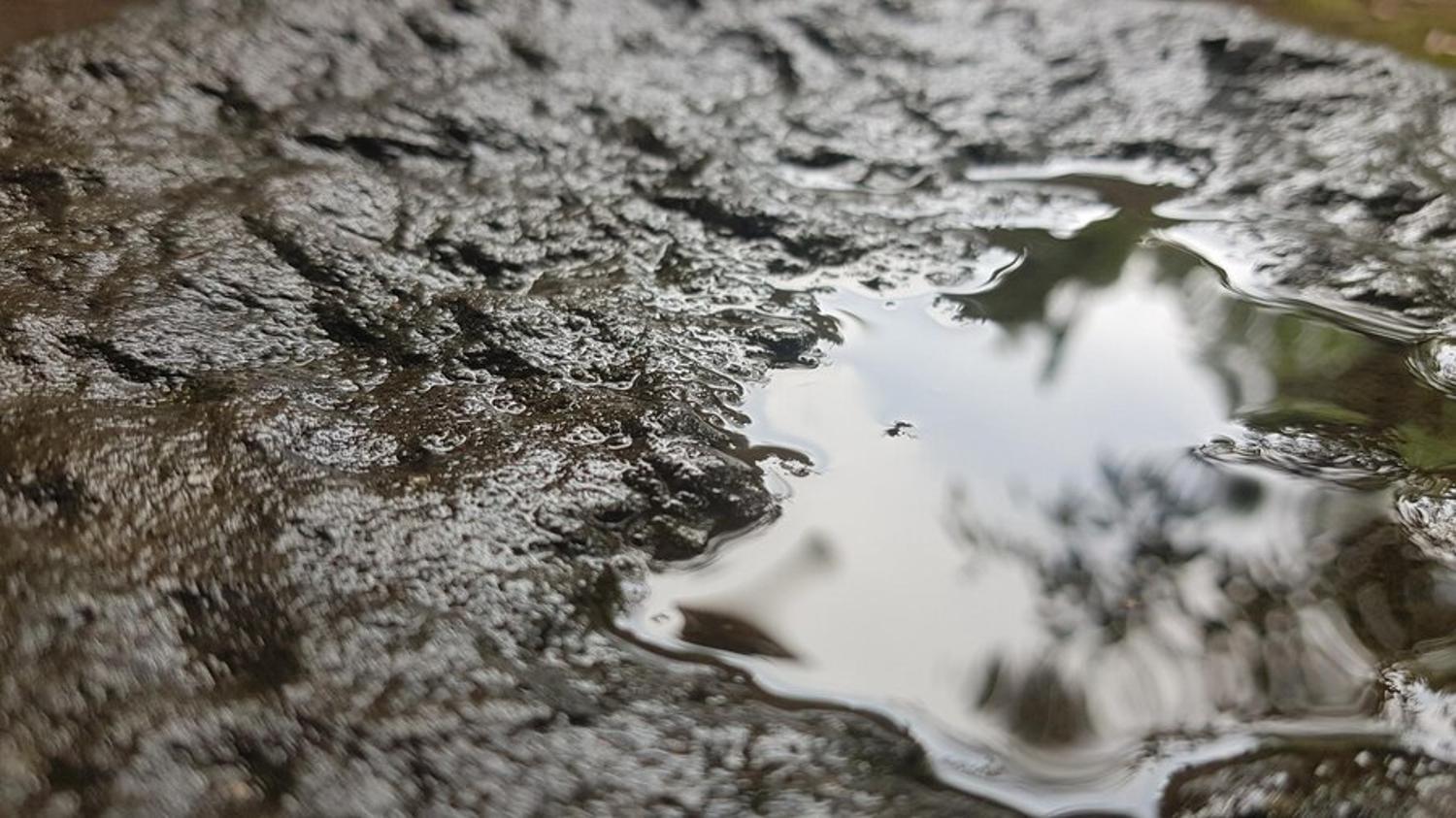
In recent years, water experts have become increasingly concerned with the low water level in the vital Ogallala Aquifer. The water level of the aquifer varies from state to state, though the eight-state average is currently 16.8 feet below where it was in the 1950s.
But in Kansas, the situation is worse than anywhere else. There, the Ogallala Aquifer has fallen by nearly 150 feet since the mid 20th century.
The Ogallala Aquifer Provides Much More Than Drinking Water
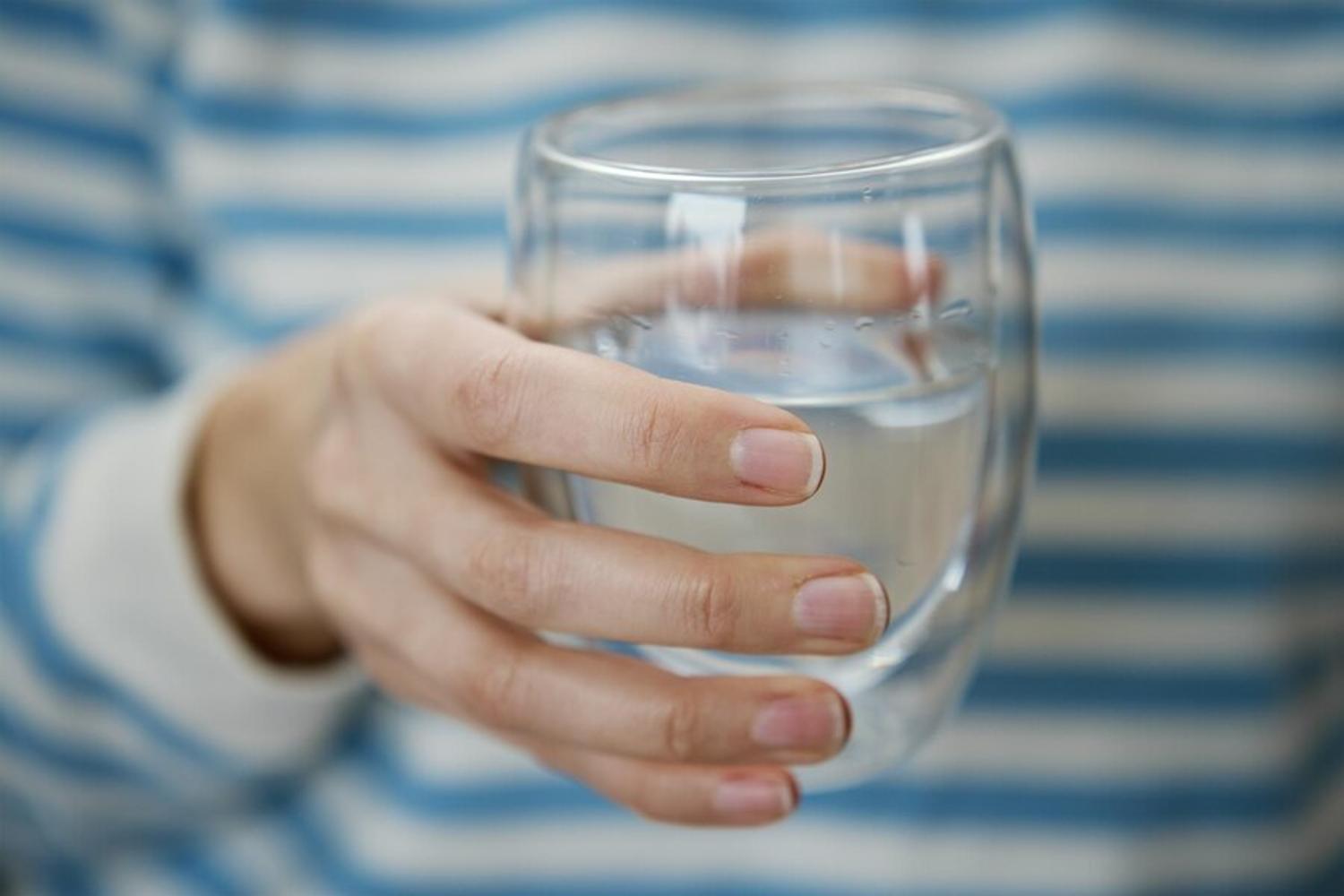
The emptying of the Ogallala Aquifer would lead to millions of Americans in the Great Plains living without tap water. However, that’s not actually the biggest concern at the moment.
Although the average American household uses more than 300 gallons of water per day, personal use is nothing compared to what the large farms in Kansas and throughout the other seven states need to function.
Kansas Desperately Needs the Ogallala Aquifer
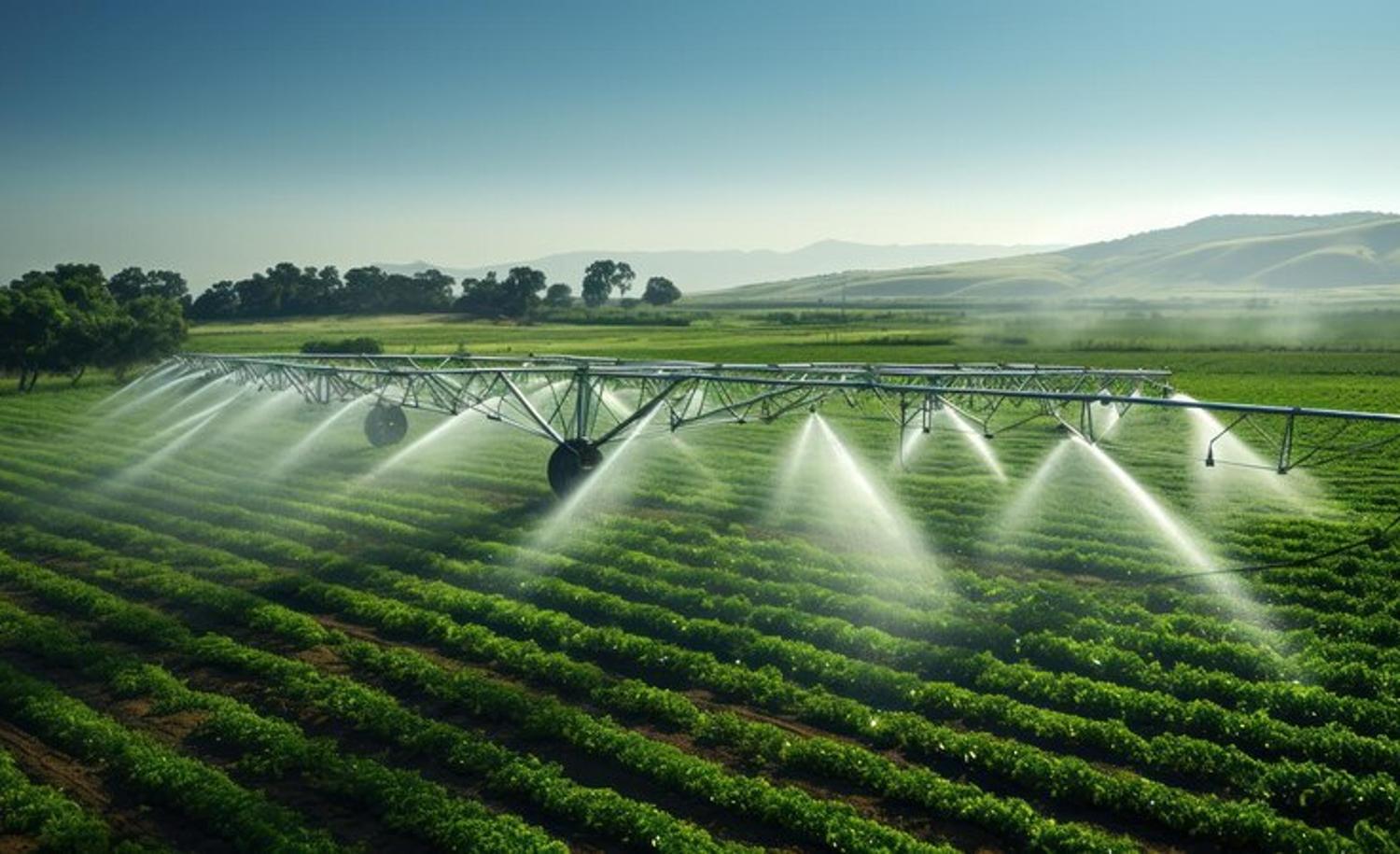
Many Americans who have never visited the Sunflower State are shocked to learn that a whopping 87.5% of the land in Kansas is farmland. Agriculture is the state’s largest industry by a landslide. In fact, Kansas made $18.8 billion in 2017 on agricultural produce alone.
To water its 45 million acres of farmland, Kansas, of course, uses water from the Ogallala Aquifer. In other words, Kansas’ farms wouldn’t survive without the groundwater below their fields.
30% of All US Irrigation Water Comes From the Ogallala Aquifer
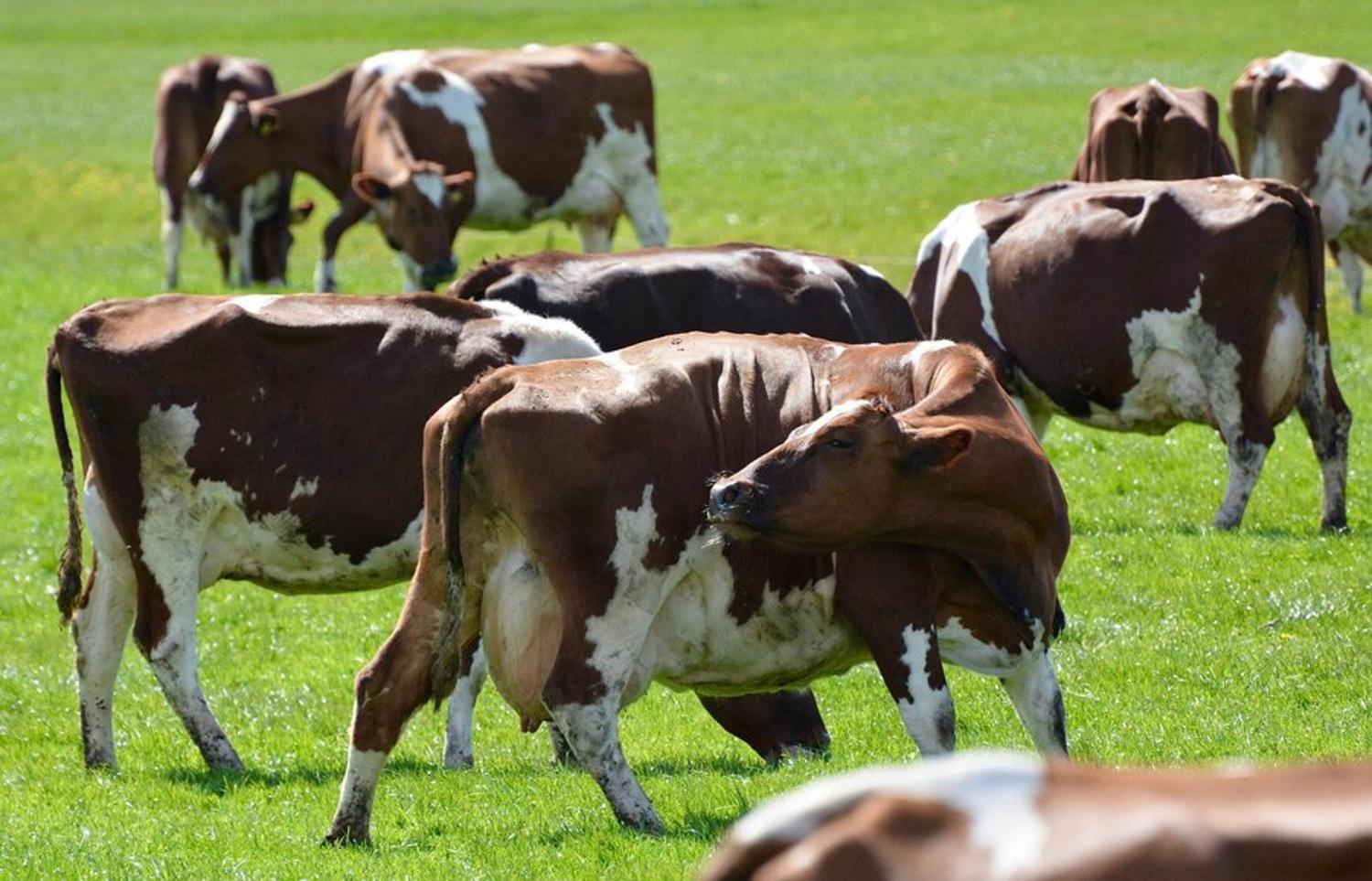
Of course, it’s not just Kansas that utilizes the Ogallala Aquifer. According to one report, Ogallala provides 30% of all water used for irrigation throughout the nation.
The Encyclopedia of the Great Plains explained, “The water from the aquifer is being pumped by nearly 200,000 irrigation wells,” to water vital crops like wheat, corn, cotton, and alfalfa for cattle farms.
Without the Ogallala Aquifer $20 Billion Worth of Food Will Vanish
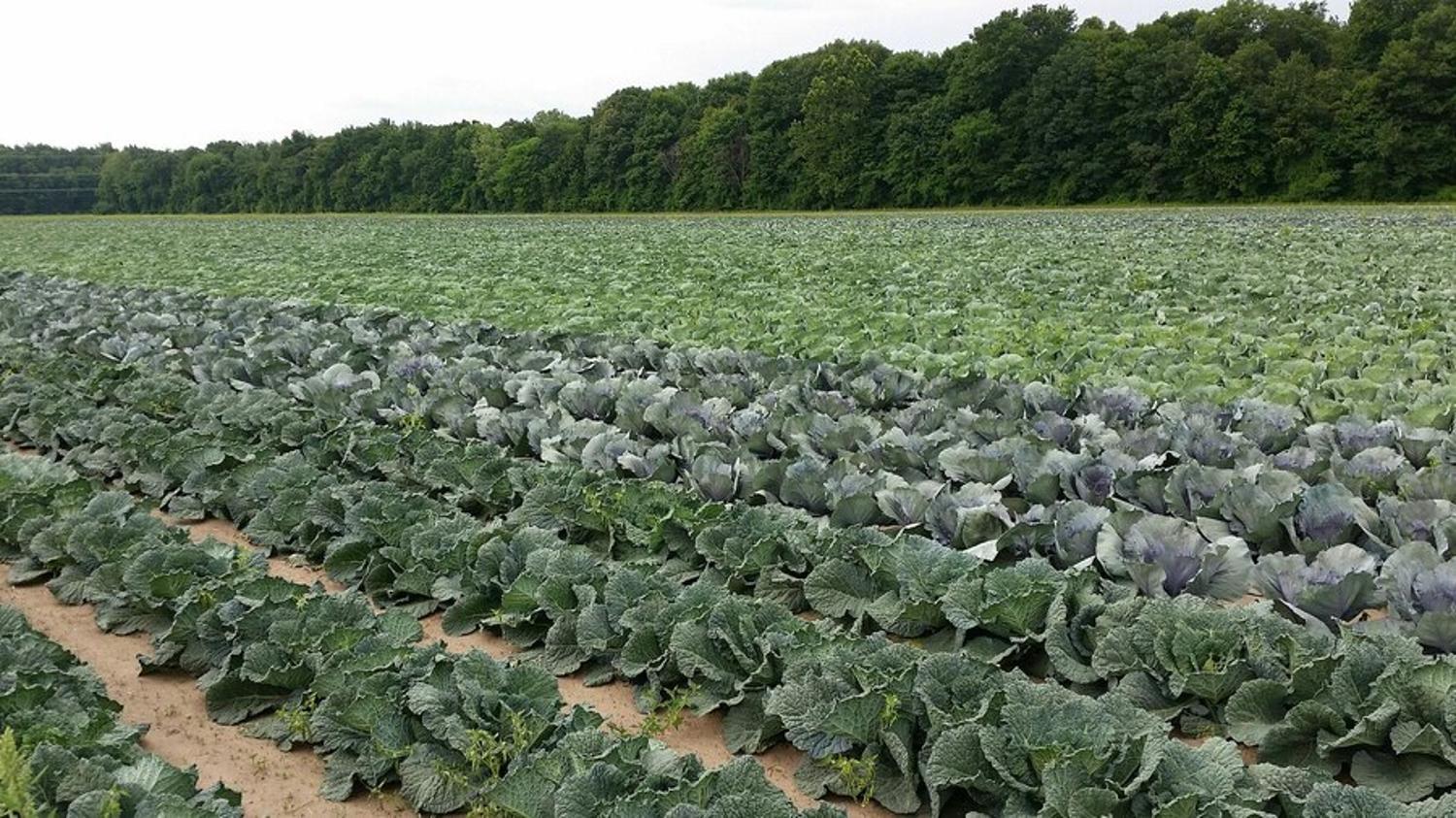
According to a report from 2009, when experts were already concerned about Ogallala’s sinking water levels, “If the aquifer goes dry, more than $20 billion worth of food and fiber will vanish from the world’s markets.”
That kind of loss would not only affect the world’s food supply, but also the American economy in an absolutely devastating way.
American Farmers Are Extremely Concerned
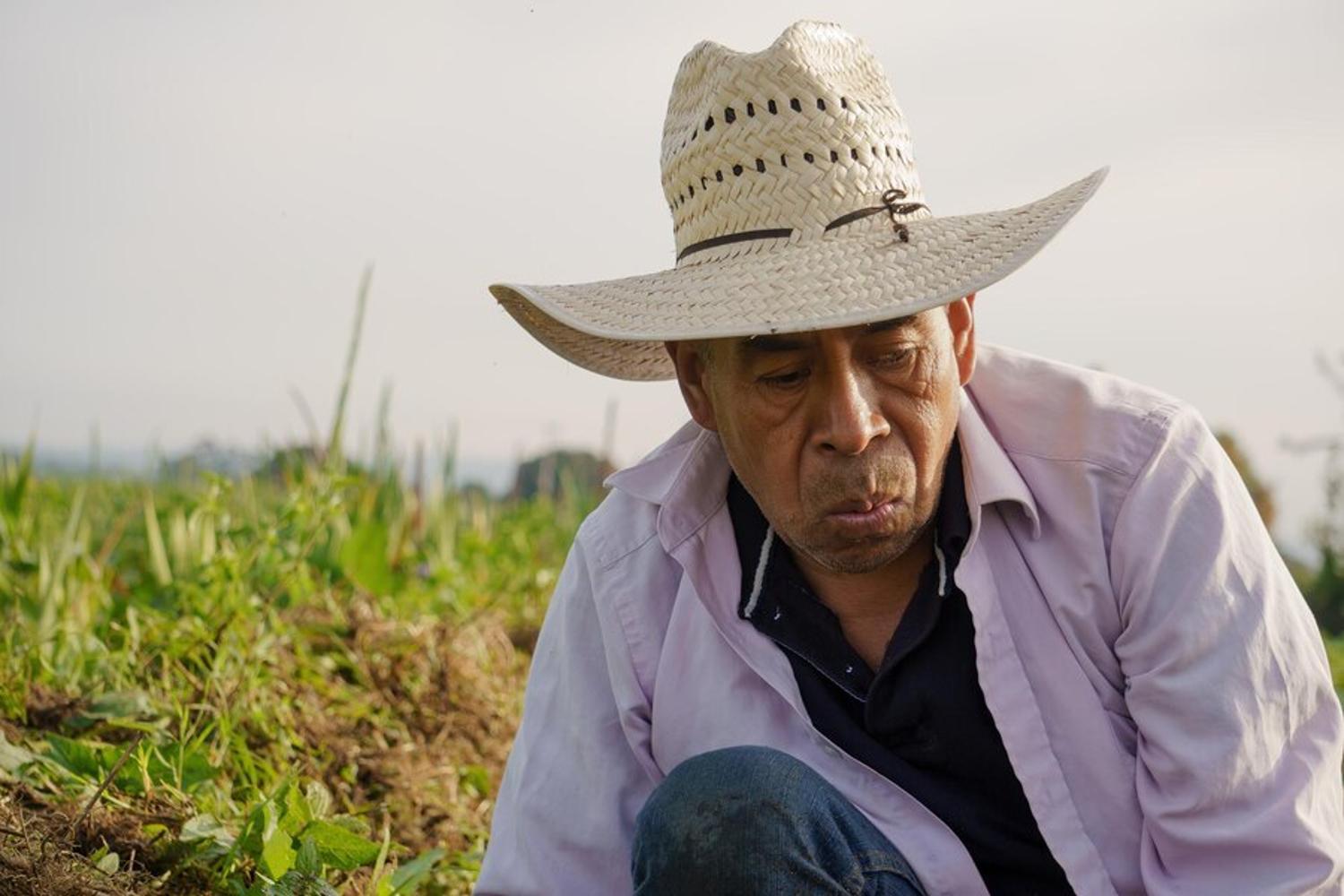
Many industrial farmers and cattle ranchers throughout the US are wildly concerned with the decreasing water levels in the Ogallala Aquifer. Without this water, they would not be able to run their farms and make their living.
But it’s important to understand that it’s not just farmers who need to be worried. Without the Ogallala Aquifer and the fresh produce and meat it supplies, America could face a real food crisis.
Could America Run Out of Food?
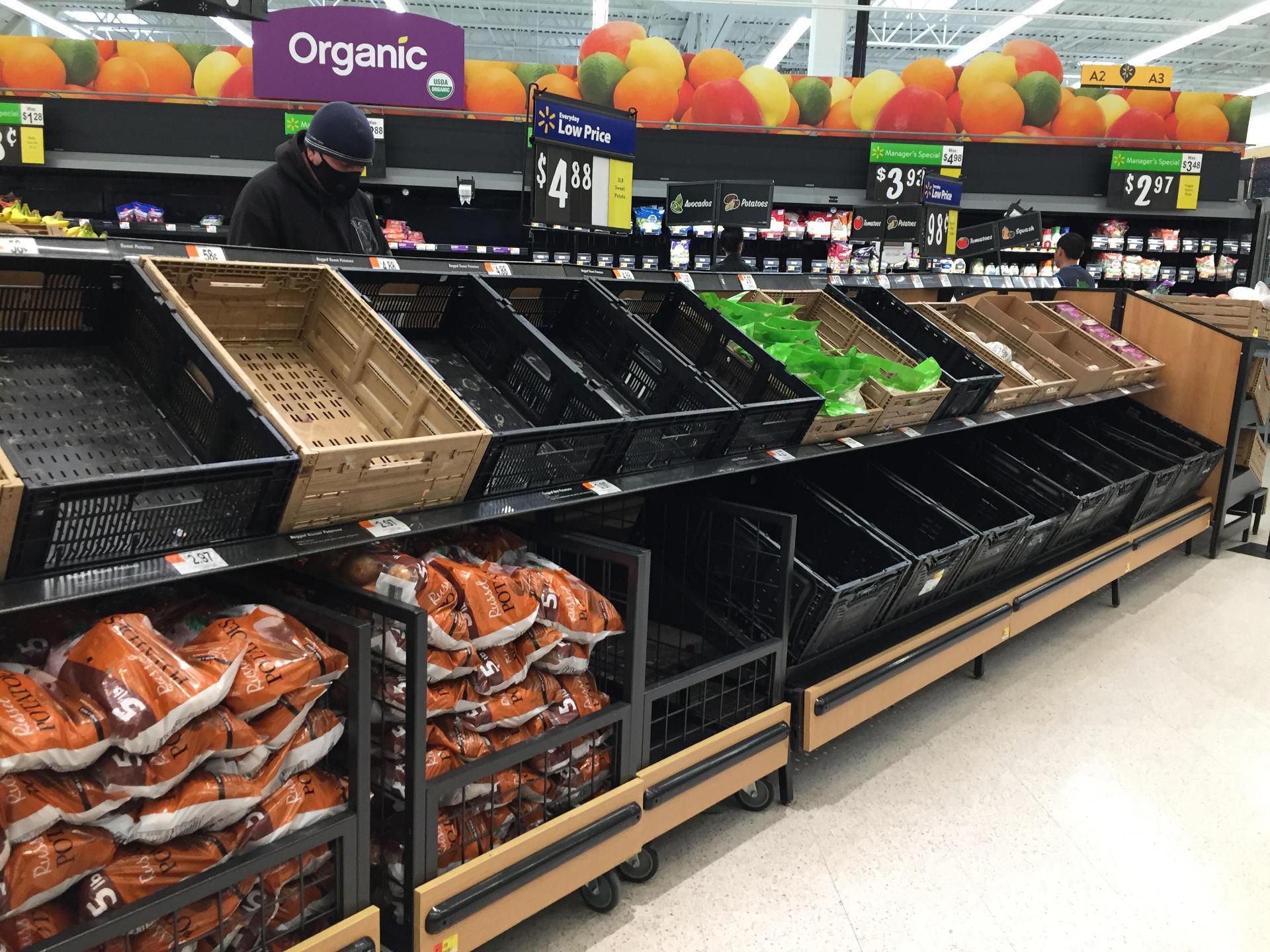
It’s highly unlikely that America would ever run out of food. However, what could and very well might happen is that, without thriving farms, fresh produce and meat would have to be imported from abroad.
That would mean far higher price points for Americans, something that is hard to imagine with grocery costs already through the roof.
Water Conservation Efforts Need to Start Now
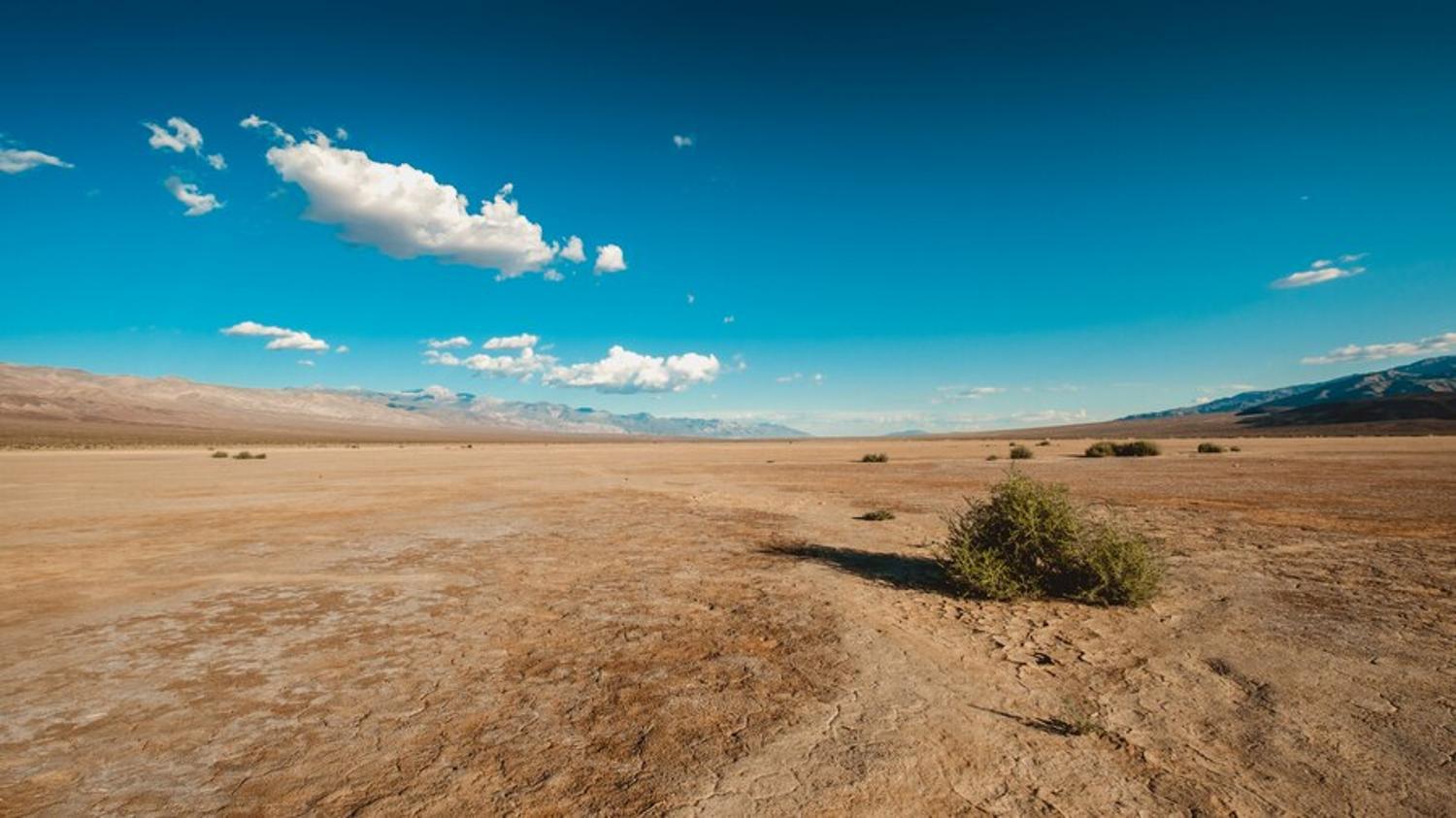
Some say that certain communities and regions that live off the Ogallala Aquifer are “just a generation away from running out of water.” Kansas’ Governor, Laura Kelly, said in a recent interview, “there’s still time to act, [but] if they do nothing, I think they’re going to suffer the consequences.”
Water conservation at this level would be an enormous undertaking, but it seems Kansas and several other states above the aquifer may have no other choice.
It Would Take 6,000 Years for the Aquifer to Naturally Replenish
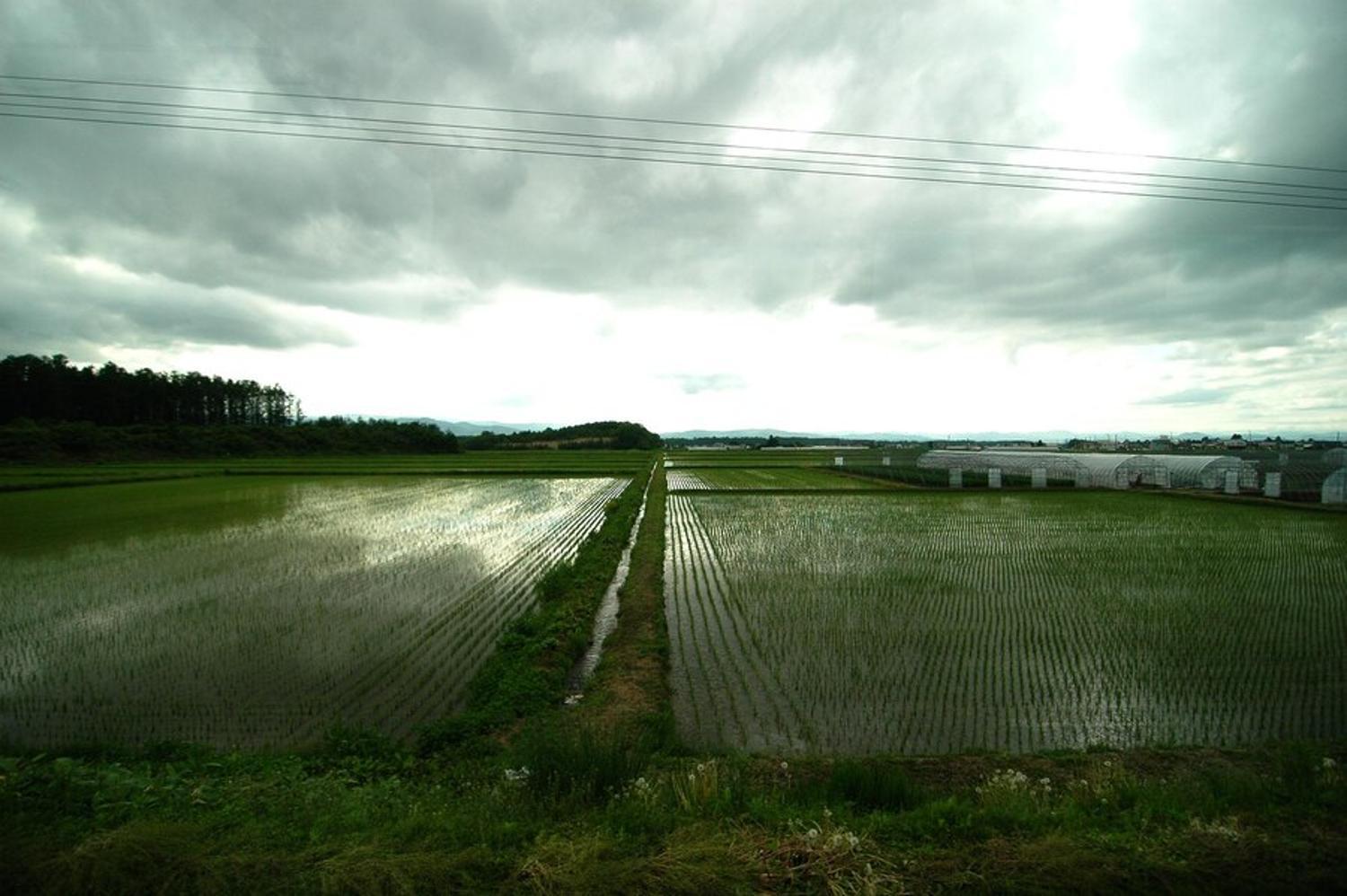
Even if not another drop was removed from the Ogallala Aquifer, it would still take more than 6,000 years for it to replenish to its original, natural level.
And that is only an estimation based on the region’s average annual rainfall. If the Great Plains continue to experience extreme droughts as they have been in recent years, it could take a lot longer.
It’s Time for Drastic Measures
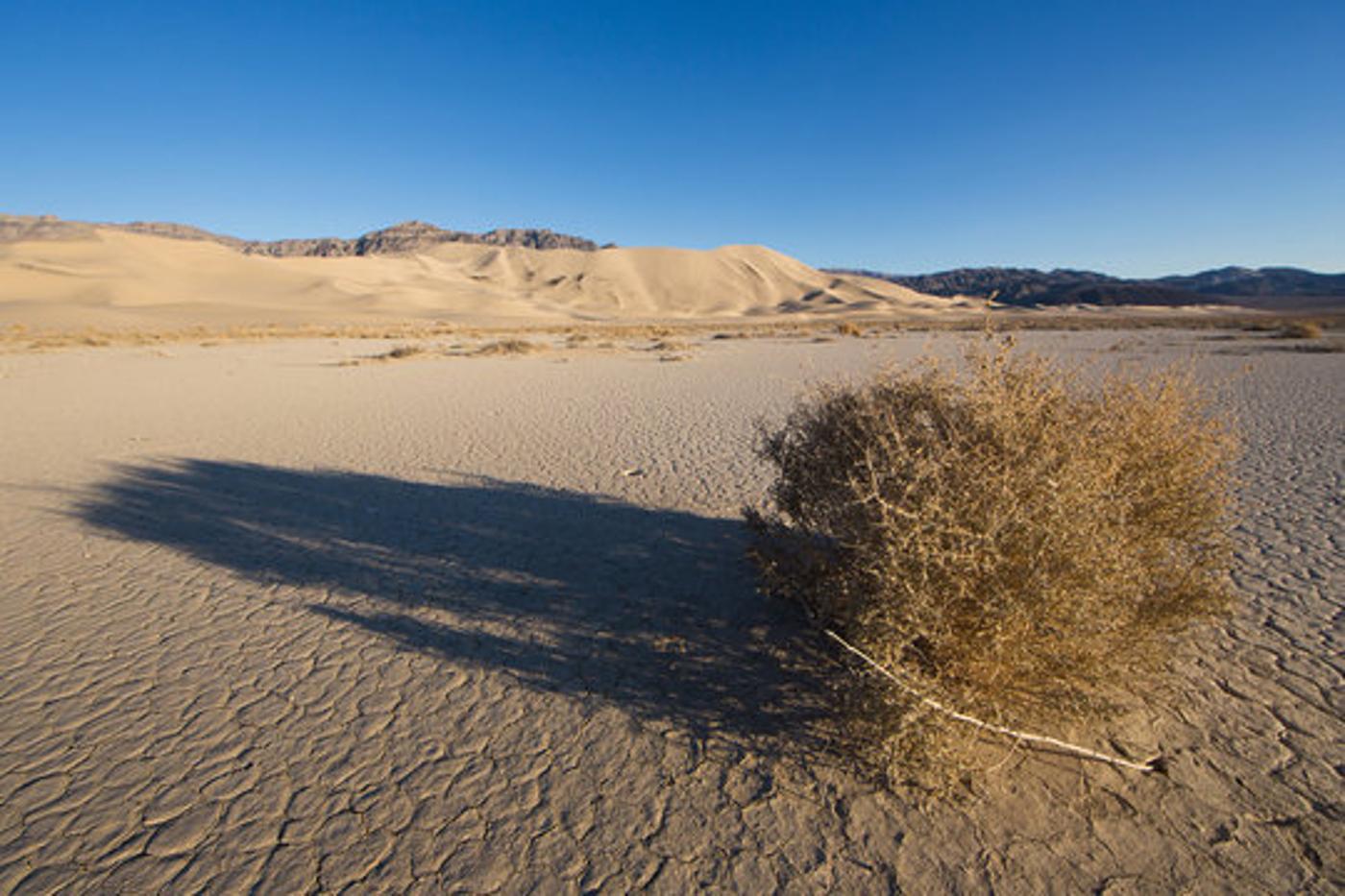
Thanks to the increasingly dangerous consequences of climate change, no one quite knows what our world will look like by the end of the century. But one thing is for sure, water can and will very quickly become a scarcity if we’re not careful.
Anyone who has studied the Ogallala Aquifer or relies on its water for life will tell you the same thing: drastic measures are absolutely needed to save this giant water source. And it’s essential that Americans act now to ensure they have enough water and food for the next generation.








































